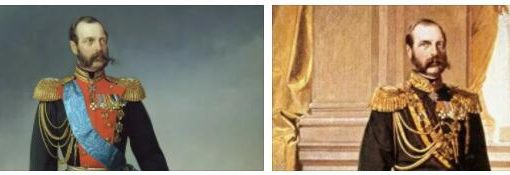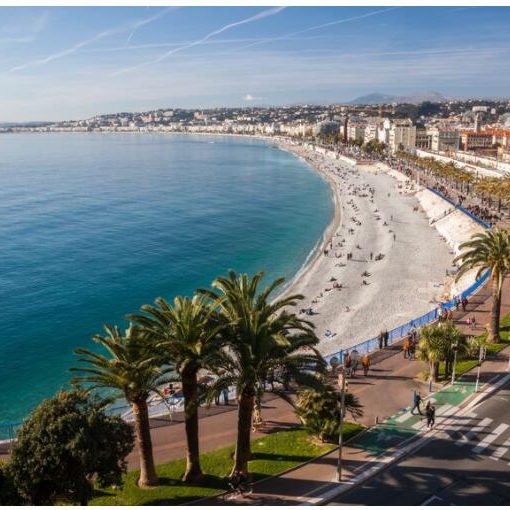According to TOPSCHOOLSOFLAW.COM, the government crisis that erupted on January 14, 1950 has its roots here: on the one hand, the impatience of the Christian Democratic left; on the other hand, the accentuated ferment in the ranks of social democracy (since November 1949 the delegation of the PSLI had withdrawn from the government, with a view to favoring the negotiations for socialist unification with the Romita group). The new tripartite formula, between DC, PSLI and PRI, was born from the desire to implement a policy of “social opening”. At that time the liberals left the majority (in July 1949 the honorary presidency of the party had been assumed by Benedetto Croce and the effective one by Raffaele De Caro), motivated by the opposition to the agrarian supply, as well as to the regions.
In fact, the new “center-left” tripartite was the formula that best corresponded then to the aspirations and internal orientations of the majority party, where the weight of the social left currents was equal to the profound aspirations for renewal (not extinguished by the subsequent withdrawal of the greatest “leader” of that trend, Giuseppe Dossetti, from the political arena). The new government should have carried out a policy of daring social initiatives – from the agrarian reform to the Cassa per il Mezzogiorno – reinforcing it with a sure anti-communist approach and with a firm Western fidelity (the excerpt law on agrarian reform is dated 17 March 1950 and the constitutive of the “Fund for extraordinary works of public interest for the South” is dated August 10, 1950). The PRI, Count Sforza’s party guaranteed the perfect observance of Atlantic and Europeanist commitments; Social Democracy brought the fervor of ancient social reformism into government, also correcting the points and harshness of Catholic intransigentism.
Even this sixth De Gasperi ministry, however, ran up against the difficulties deriving from the internal travail of the PSLI. A few months after the formation of the cabinet (in which Social Democracy also held important ministries), the resumption of negotiations for socialist unification called into question the problem of participation in the government. In April 1950, the “Unione Italiana del Lavoro” (UIL) was born, a trade union organization with a social democratic orientation (to which the Republicans adhered) which accentuated the class pressure on the party; in the summer of the same year, on the other hand, Comisco intervened with all the weight of its authority to accelerate the pace of the negotiations for the unification between the PSLI and the Romita group.
To overcome the latest resistance, some symptoms of crisis contributed which, at the beginning of the following year, seemed to crack the parties of the extreme left. In January 1951, in the national congress of the PSI in Bologna, the secession of the autonomist and democratic group headed by Hon. Gian Carlo Matteotti; in the same month the PCI suffered its first post-war fracture, with the departure of the Hon. Cucchi and Magnani, who set out to interpret certain attitudes of revolt against the dogmatism and conformity of the party emerging from the base. These elements of crisis in the social-communist bloc led the exponents of the two social democratic groups to sanction, in March 1951, the unification of the PSLI and the PSU, subsequently ratified by the deliberative bodies of the two parties.
The exit of the Social Democratic delegation from the government was the immediate consequence of the achieved unification. In order to gain more political space to the left, the new party (which was called “Socialist Party – Italian Section of the Socialist International” and only later changed its name to “Italian Democratic Socialist Party”) in fact considered it appropriate to sever all ties. ministerial collaboration with central parties, accentuating the autonomous and original features of its program.
It was in April 1951; President De Gasperi did not consider it convenient to open a ministerial crisis precisely on the eve of the already decided administrative elections and provided, through a simple reshuffle, to replace the resigned Social Democratic ministers.
Except that the outcome of the administrative elections of the center-north between May 27 and June 10, 1951 raised again the problem of the close collaboration of the democratic parties against the extreme wings of the political spectrum. Despite the new electoral law (which contemplated the system of “alliances” and the majority premium), inspired by the French model, the space of democratic forces tended to shrink rather than expand. Christian democracy suffered strongly from the offensive of right-wing groups, from the MSI to the PNM, and registered a regression of its positions with respect to the political elections of 1948 (although not with respect to the local elections of 1946). Social Democracy only managed to safeguard its positions (about 9.6% of the votes), despite the psychological and propaganda effect of the recent unification. The extreme left firmly maintained its percentages (37.1% among Communists, Socialists and independent affiliates), showing that it had dominated, at least on the electoral level, the elements of concern and heresy recently surfaced in its ranks.
That tendency of the electorate towards the extremes – right and left – was confirmed both by the elections for the Sicilian Regional Assembly (June 3, 1951) and even more by the second round of administrative consultations held the following year, on May 25. 1952, for the central-southern provinces. The erosion of the DC in favor of the right-wing parties, and particularly of the PNM, was markedly accentuated; the increase in the left overcame all the traditional resistances and diaphragms of the South (in a phase of incipient social transformations).
The collaboration of the democratic forces experienced moments of difficulty. The proposal of a “civic list” for Rome including the right-wing parties had risked in April 1952 to break the agreement between the DC and the parties of secular democracy, sanctioned by the system of alliances. The vigorous resistance of President De Gasperi and his collaborators, flanked by the republican ministers present in his government, had convinced the promoters of the “civic list” that Rome would be saved from the danger of a social-communist majority even without an alliance extended to the PNM and the MSI; but the impression aroused by that proposal enlightened the leaders of the DC on the need for a stronger link with the democratic forces of certain constitutional inspiration.
The DC now found itself having to face the offensive of the right-wing currents, external and internal to the party; the secular parties had to resist, for their part, the seductions of opposing maximalisms (the PNM dangerous for the liberals; the PSI dangerous for the social democrats). An electoral alliance between Christian democracy and secular democracy seemed the only way to face the risk of electorate evasion and flight. It was thought by many to extend the system of appearances and the majority premium – used for administrative offices – to the now forthcoming political consultation. A common front of the four parties, DC, PLI, PSDI and PRI – favored by an appropriate electoral law with a majority prize – would have represented a decisive appeal (at least so it was thought) on the uncertain or dispersed strata of the
We wanted to avoid any “opening” to the extreme right or left; it was intended to cement, on an almost institutional and organic level, the alliance between the forces of Catholic democracy and those of secular democracy; there were those who saw in the event the historical occasion to overcome the problems inherited from the Risorgimento.
Common government experiences seemed to favor the operation. Precisely in December 1951 the Liberal party had signed a unification pact in Turin with the left currents in favor of the democratic alliance.
In January 1952 the PSDI had taken its final form with the secretariat entrusted to the Hon. Romita. Among the four parties of the democratic center, the points in common prevailed by far over those of contrast. Above all, the rapid progress of Europeanist politics (thanks to the joint action of De Gasperi and Sforza) had created a solid platform of understanding in which all the democratic forces recognized themselves, beyond any surviving neutralist or revisionist suggestion.




